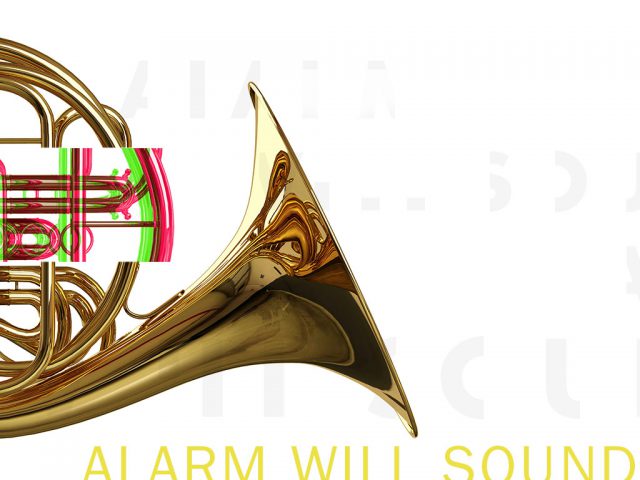
When I learned that we were to perform Living Toys at the Metropolitan Museum, I was excited because I could immediately see connections between the visual nature of Thomas Adès’s masterpiece and the Met’s holdings. I went on a hunt to put together images that I think work well with the story behind the music.
“When the men asked him what he wanted to be, the child did not name any of their own occupations, as they had all hoped he would, but replied: ‘I am going to be a hero, and dance with angels and bulls, and fight with bulls and soldiers, and die a hero in outer space, and be buried a hero’. Seeing him standing there, the men felt small, understanding that they were not heroes, and that their lives were less substantial than the dreams which surrounded the child like toys.”anon. (from the Spanish)
This story presents an explicit program for Living Toys, composed by Adès when he was just twenty-two. It does not merely describe the dreams of a child in general terms —to do great things, to be unique, and to be celebrated for it — the story is more specific: the child wants to “dance with angels and bulls,” to “fight with bulls and soldiers,” to “die a hero in outer space,” and to “be buried a hero.” Adès wrote this story after composing the music, possibly to justify (in his youthful insecurity) what he had composed. It’s not exactly a Spanish folk tale; it’s more like a scientist changing his question to fit the answer he’s already found. However, the imagery the composer developed after the fact is a fantastic point of entry to the music.
Living Toys is divided into five main movements (Angels, Aurochs, Militiamen, H.A.L.’s Death and Playing Funerals), each representative of a portion of the composer’s story. The musical depictions of these images are rarely cut-and-dry: Adès’s angels don’t sing pure harmonies accompanied by harps, his military men don’t march in time to regular rhythms, his dying computer contains no electronics. The Met’s enormous collection is the perfect place to find parallels in visual art.
In the first movement, the plaintive French horn solo represents the child hero. That melody is set against shimmering woodwinds, pulsating gongs and gradually morphing sustained notes which draw to mind not your run-of-the-mill, frolicking cherubs but rather otherworldly, ethereal angels: creatures without definite form or distinguishing features.
Angel (Recto); Fragmentary Sketches of Same Subject (Verso)
Anonymous, Italian, 16th century (Italian, active Central Italy, ca. 1550–1580)
Four Flying Angels (recto); Two Flying Figures (verso)
attributed to Francesco Allegrini (Italian, Cantiano (?) 1615/20-after 1679 Gubbio (?))
Sheet of Studies: Five Angels (recto); Youth in Clerical Robes and Other Studies (verso)
Giovanni Battista Tiepolo (Italian, Venice 1696–1770 Madrid)
“Aurochs,” the second movement, begins with a noble theme in the low instruments but its regular, triple rhythm is quickly thrown. The theme becomes more and more diffuse, eventually becoming just a memory of its original character, and after a kind of musical bullfight it is overlaid with a form of the horn theme from the opening of the piece. Through the battle members of the ensemble even clap, mimicking castanets or perhaps the claps of the bullfighter, taunting the beast.

Picador Caught by a Bull (Bravo toro), from the “Bulls of Bordeaux”
Goya (Francisco de Goya y Lucientes) (Spanish, Fuendetodos 1746–1828 Bordeaux)
The militiamen Adès depicts in the third movement don’t appear to be battle-hardened veterans. An off-kilter drum beat and jazz-inflected piccolo trumpet bring to mind images of someone engaging in battle without fully understanding its horrors, like the boy of Adès’s story playing at war rather than actually going to war. There exists a roughness and density that does speak of war, creating a balance between playfulness and disaster.
Untitled
David Levinthal (American, born 1949)
“H.A.L.’s Death” is a slow lament, a moment suspended in time. Adès weaves the tune “Daisy Bell” into the subterranean low register in the contrabass, bassoon and piano; a nod to the death of H.A.L. Stanley Kubrick’s 2001: A Space Odyssey.
The Falling Soldier
Robert Capa (American (born Hungary), Budapest 1913–1954 Thai Binh)
The final movement “Playing Funerals” begins with a violent descending figure and settles into another slow movement, a dirge. Lines pass through the ensemble as the music transforms subtly in timbre and register. It is a stately, solemn affair.
The Funeral
Édouard Manet (French, Paris 1832–1883 Paris)
Derry, 1971, Funeral of an IRA Volunteer
Gilles Peress (French, born 1946)
















